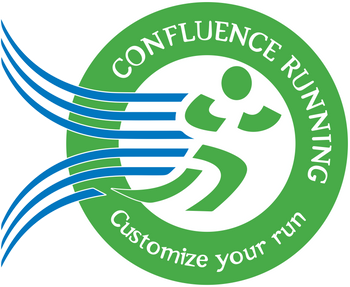3 Essential Swim Workouts: Triathlon Training, Intermediate Drills, and Learn-to-Swim
Building Strength and Speed in the Water
This triathlon swim workout is designed to push athletes to their limits, combining technique, endurance, and power. The session starts with a structured warm-up featuring IM drills, sidekick work, and fingertip drills to reinforce proper stroke mechanics. Next, a short diving drill prepares athletes for competitive race starts, helping to develop confidence in entering the water efficiently.
Optimizing Stroke Mechanics and Race Simulation
Throughout the drill sets, swimmers practice balance and control through Heel Tag, Seahorse, and Lacrosse Ball drills, which refine body positioning and streamline movement. The pre-set introduces a high-intensity lane relay with treading water and brick holds, simulating open-water resistance. The main set ramps up intensity with sprint-focused freestyle reps, training the body for race-paced endurance. The session concludes with a 100-yard dolphin dive cooldown, reinforcing efficient starts and streamlined gliding.
Refining Swim Technique: From Fundamentals to Performance
This dual swim workout caters to both beginners and intermediate swimmers, ensuring strong fundamental development and high-performance training. The Learn to Swim session introduces new swimmers to essential techniques, such as breath control, dolphin kicks, and underwater movement, helping them feel more comfortable in the water. Meanwhile, the Intermediate Swim session challenges experienced swimmers with advanced drills, including fast lane relays, treading water with bricks, and butterfly sprint sets to enhance endurance and race speed.
Building Strength, Confidence, and Speed in the Pool
For beginners, the workout reinforces buoyancy, kicking, and breath control while gradually introducing dolphin diving and streamlined movement. For intermediate swimmers, the focus shifts to powerful sprinting, stroke mechanics, and race-prep intensity. This structured progression ensures all swimmers build confidence, increase efficiency, and optimize their speed, endurance, and technique.




